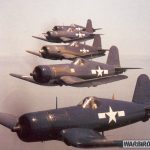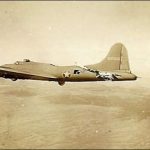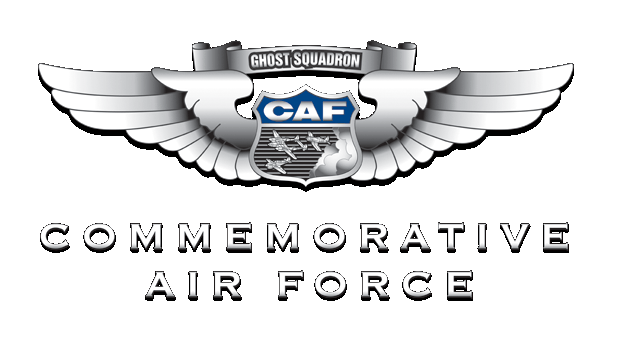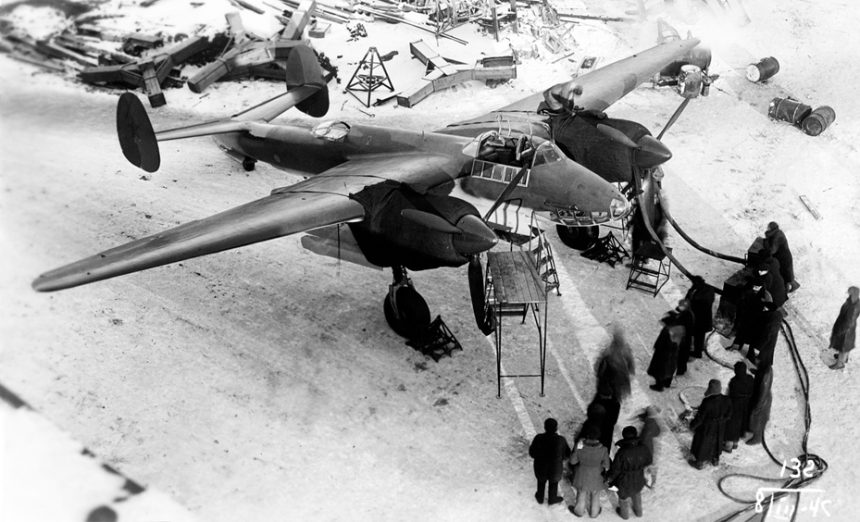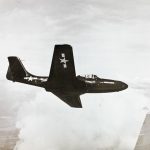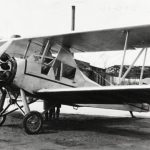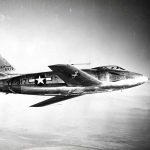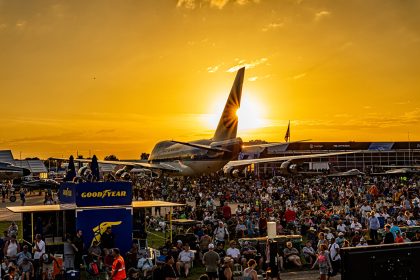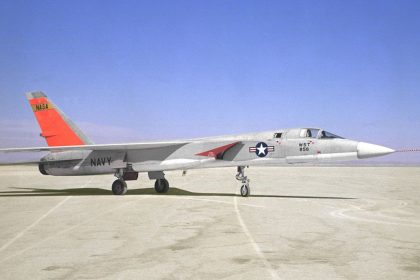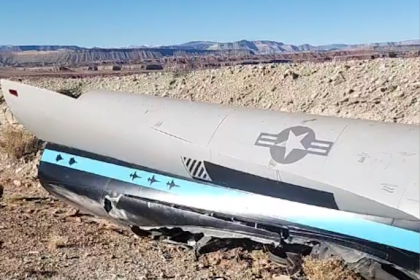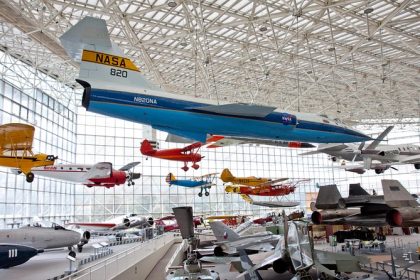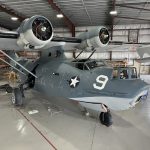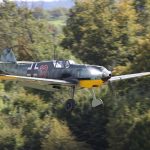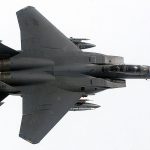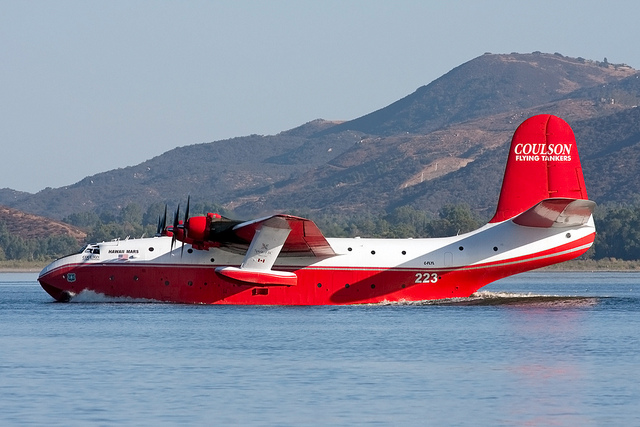
The Tupolev Tu-2’s story began inside the walls of a prison. On October 21, 1937, one of the leading aeronautical designers in the Soviet Union, Andrei Tupolev, was arrested alongside fellow members of the Moscow-based Central Aerohydrodynamic Institute (Russian acronym TsAGI) during Stalin’s Great Purge on trumped-up charges of sabotage and espionage. While many of his colleagues were soon executed or sent away to the Gulags, Tupolev was sentenced to ten years in a sharashka, a research and development center overseen by the Soviet secret police, the NKVD. The Soviet regime had realized that even imprisoned, engineers such as Tupolev were still the most capable personnel in their field, and so Tupolev and many of his associates imprisoned alongside him began work on a new bomber nondescriptly titled “Aircraft 103”, with the preliminary designation ANT-58 (ANT standing for Andrei Tupolev’s full initials) at Bolshevo, just outside Moscow.
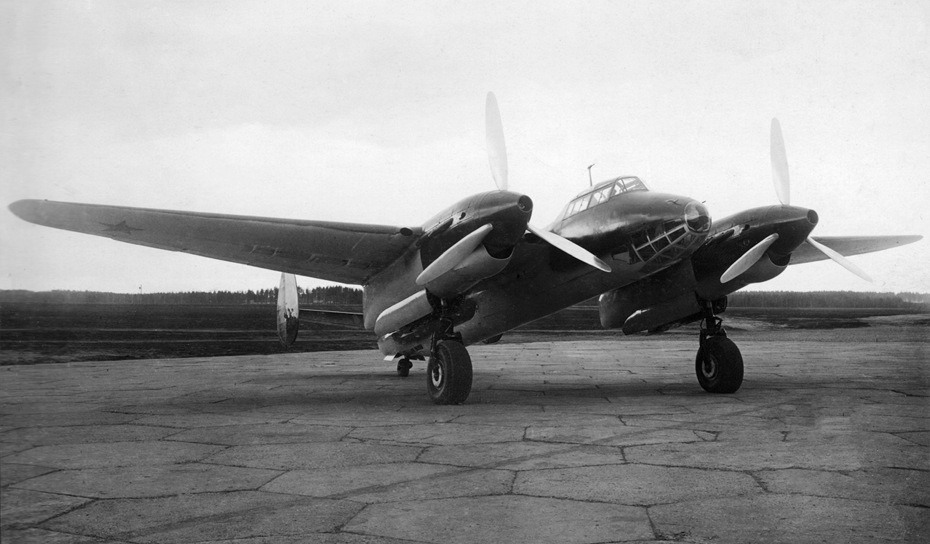
By 1940, the preliminary design work on the ANT-58 was completed, and construction of the first two prototypes began, with the second model being referred to as “Aircraft 103U” (ANT-59). The ANT-59 featured improvements to the initial design following the acquisition of information on the German Junkers Ju 88 medium bomber. Up to this point, both the ANT-58 and ANT-59 were powered by the Mikulin AM-37 V12 water-cooled engine. By January 1941, the first prototype was completed and brought to Chkalovsky airfield. On January 29, 1941, Soviet test pilot Mikhail A. Nyukhtikov made the first flight of Aircraft 103. By May 1941, the second prototype, the ANT-59, had flown and the two aircraft were to begin evaluation flights.
Everything changed on June 22, 1941, when the German Wehrmacht invaded the Soviet Union. Tupolev, his team, and other designers imprisoned alongside them, such as Vladimir Petlyakov, who designed the twin-engine dive bomber the Pe-2, where evacuated to Omsk in southwestern Siberia, far from the German advance. During this time, it was determined that production of the Mikulin AM-37 engine should be stopped to focus on the Mikulin AM-38, the engine that was used to power the Ilyushin Il-2 Shturmovik ground attacker. As such, it was determined that the Tupolev bomber was to swap the AM-37 V12 engine for the Shvetsov ASh-82 (M-82) air-cooled radial engine, with the initial prototype for this configuration becoming Aircraft 103V/ANT-60. By March 1942, it was decided to rename this aircraft the Tupolev Tu-2, in honor of Andrei Tupolev, who was released from NKVD custody in July 1941.
In 1942, the Tupolev Design Bureau returned to Moscow, with the Yakovlev Design Bureau using the Omsk plant to build Yak-7 fighters. Meanwhile, reports from the 132nd Bomber Aviation Regiment of the 3rd Air Army, the first combat unit equipped with Tu-2s, found the performance to be highly favorable. However, the move back to Moscow also saw a halt in the production of the Tu-2, as Stalin decreed that Soviet industry was to prioritize the construction and deployment of fighters and single engine attacker such as the Il-2. What’s more, the Petlyakov Pe-2 took precedence for twin-engine bombers, but as Tupolev had been able to save the production equipment for the Tu-2, the resumption of production in the summer of 1943 saw production pick up the pace rapidly.
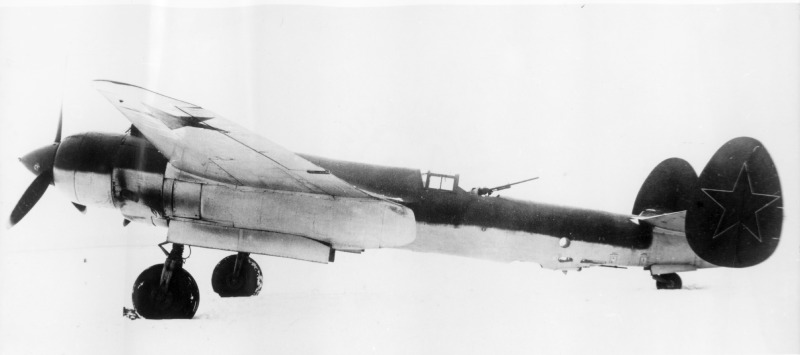
By 1944, the most-widely produced variant of the Tupolev Tu-2, the Tu-2S, was introduced into service, and these were used primarily to attack German railway yards and airfields, serving up to the Battle of Berlin from April-May 1945. With the war in Europe resolved, the Tu-2 also saw brief service against the Japanese in Manchuria in August 1945, right between the American nuclear bombings of Hiroshima and Nagasaki. During the war, the Tu-2 was also developed as a reconnaissance aircraft, and has been considered by many aviation historians to be one of the greatest twin-engine bombers the Soviets produced during WWII.
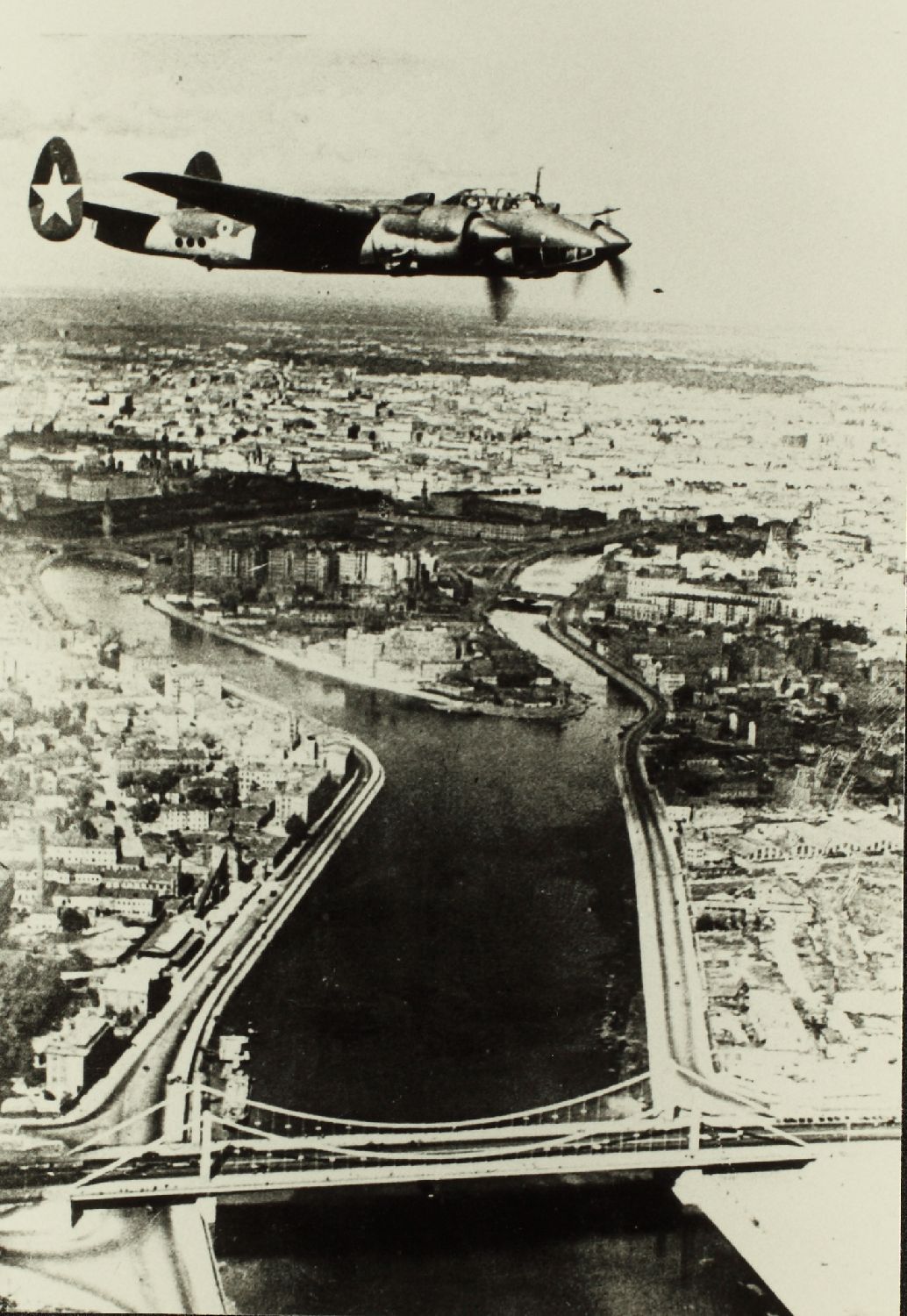
With the Great Patriotic War, as the Soviets called WWII, concluded, Tupolev Tu-2s were used for several experiments within the Soviet Air Force, such as mounting jet engines for flight testing or for testing ejection seats, but with the introduction of the jet engine, the Soviet Air Force retired the last of its Tupolev Tu-2s in 1950.
- In addition to its service to the Soviet Air Force, the Tupolev was exported to the USSR’s Eastern European satellite states such as Bulgaria, Hungary, Poland, and Romania. During the Korean War, the North Korean Air Force flew the Tu-2, which was issued the NATO reporting name Bat, and were encountered and sometimes shot down by American pilots.
- Tu-2s also served briefly in the Indonesian Air Force, but by far the most prominent operator of the Tu-2 outside the USSR was the People’s Liberation Army Air Force (PLAAF) of communist China, which imported their first Tu-2s from the Soviet Union in 1949 and used them in combat during the Korean War and in the 1959 Tibetan uprising. The very last Tu-2s were retired from the PLAAF in 1982.
Today, there are several surviving Tupolev Tu-2s around the world on display in museums in Bulgaria, China, Poland, Russia and the United States, with the examples in the United States having been former PLAAF aircraft that are now in the War Eagles Air Museum of Santa Teresa, New Mexico, and Fantasy of Flight in Polk City, Florida.
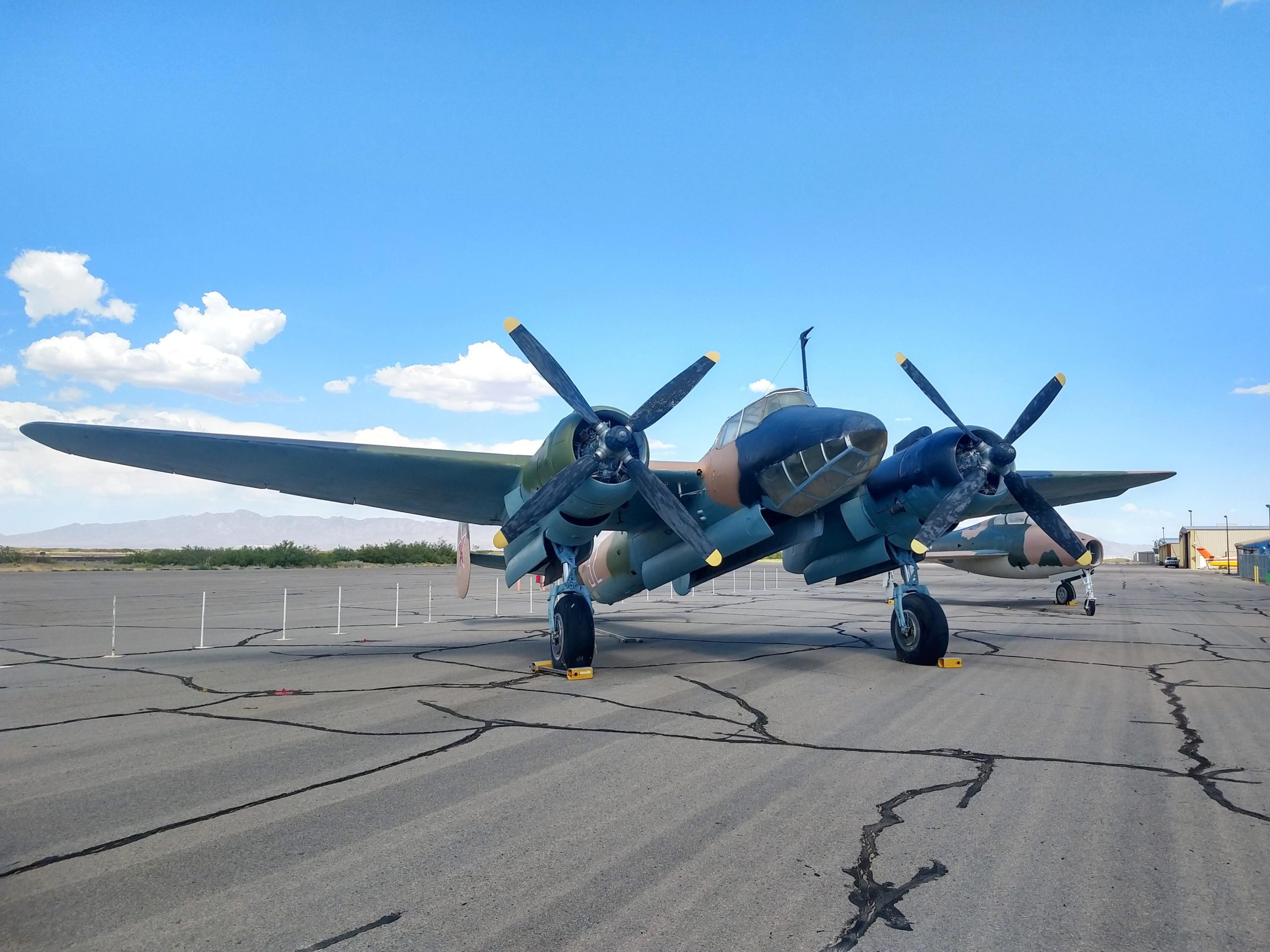
Though the Tupolev Tu-2 may have had a most unusual development phase, being designed by incarcerated engineers, it would go on to have one of the most successful service lives for a bomber of the Eastern Bloc and establish the Tupolev Design Bureau as a leading manufacturer of Soviet and later Russian aircraft.
Today in Aviation History is a series highlighting the achievements, innovations, and milestones that have shaped the skies. All the previous anniversaries are available HERE




